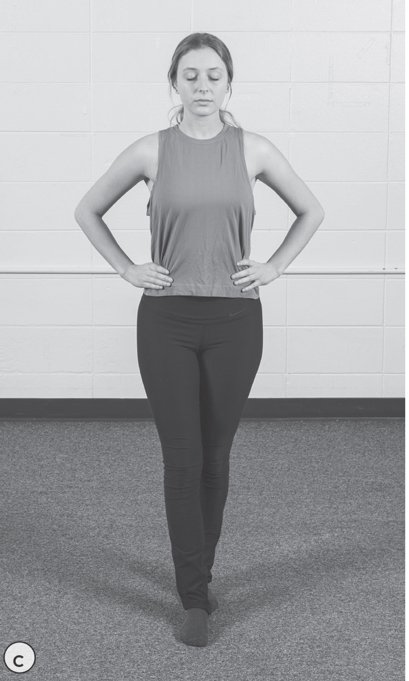Exercise Testing and Prescription Practical Assessments
1/34
There's no tags or description
Looks like no tags are added yet.
Name | Mastery | Learn | Test | Matching | Spaced |
|---|
No study sessions yet.
35 Terms
Peripheral Pulse Rubric
The carotid pulse was correctly identified and palpated. (2 pts)
The brachial pulse was correctly identified and palpated (2 pts)
The radial pulse was correctly identified and palpated (2 pts)
The dorsalis pedis was pulse correctly identified and palpated (2 pts)
The subjects heart rate was correctly reported from the radial pulse (± 4 bpm).
Carotid pulse
Medial to the sternomastoid muscle
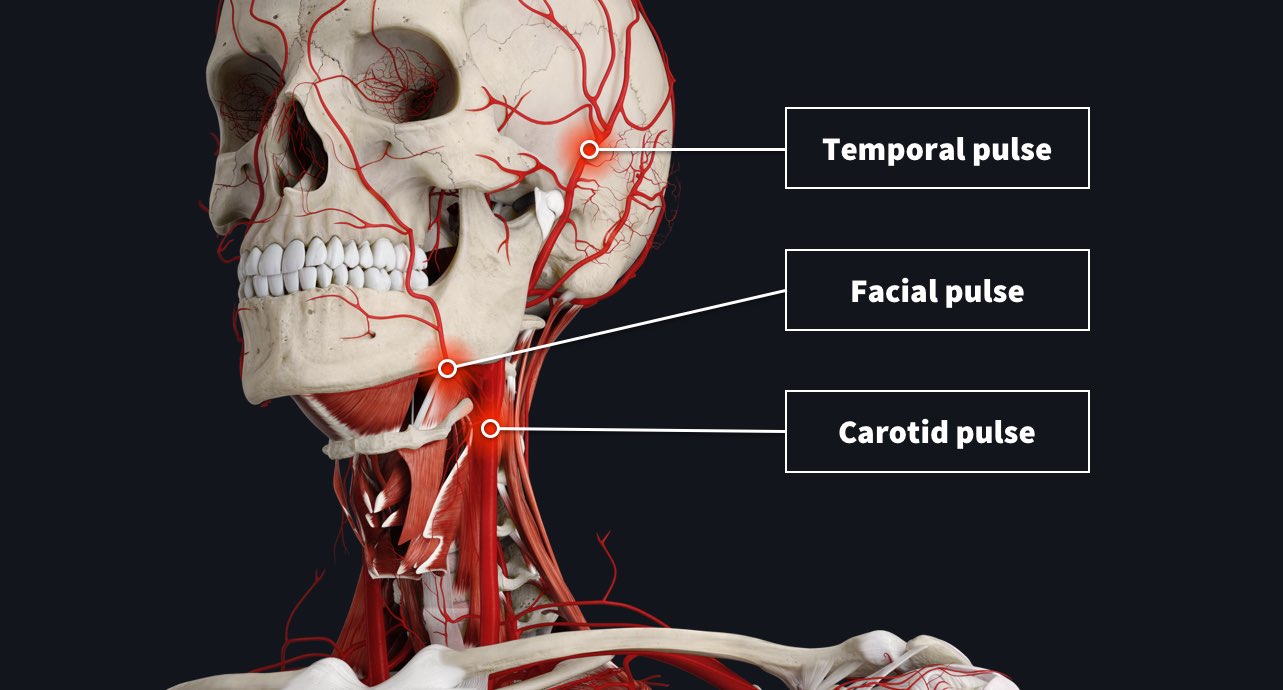
Brachial Pulse
bicep tendon in the area of the antecubital fossa
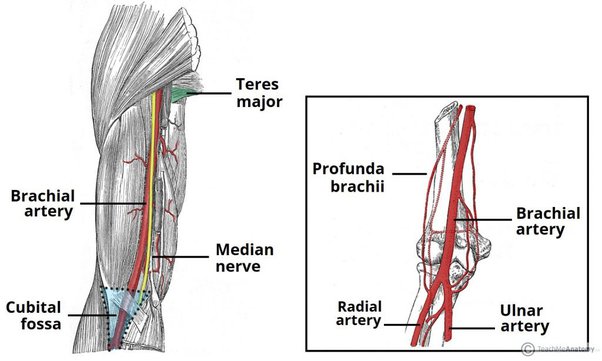
Radial Pulse *this is the one you will take heart rate for the practical*
take on thumb side
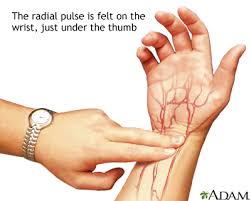
Dorsalis Pedis Pulse
taken on the medial dorsum of the foot

Hip Waist Circumference Rubric
The hip anatomical landmarks were correctly identified.
The hip circumference was correctly measured.
The waist anatomical landmarks were correctly identified.
The waist circumference was correctly measured.
Student correctly verbalized the method to calculate the H:W ratio.
Hip Anatomical Landmarks
widest portion of the buttocks from a side or sagittal view
Hip Circumference
measured from the side
instruct the client to hold the tape while you measure around
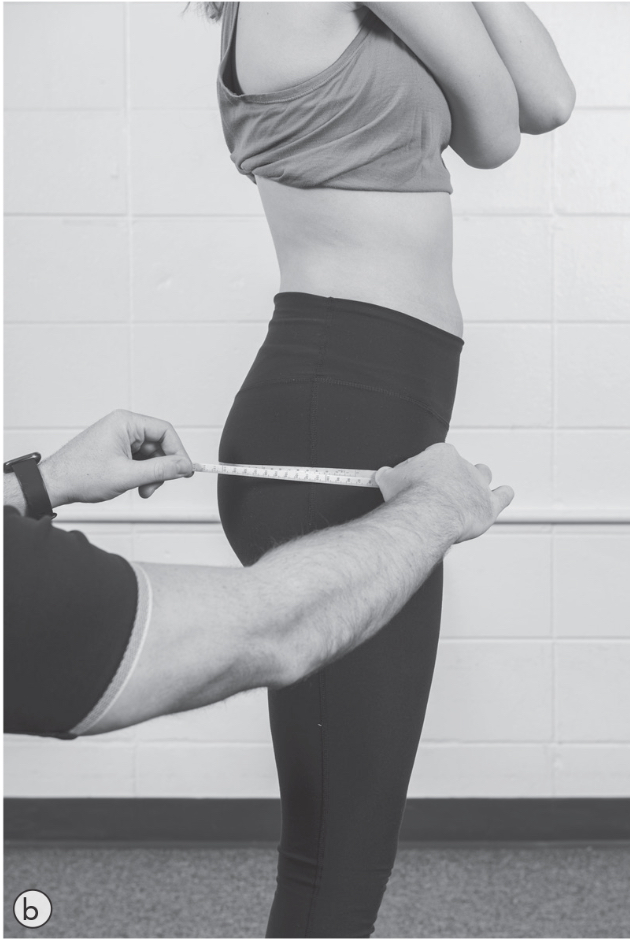
Waist Anatomical Location
narrowest portion of the torso between the iliac crest and the lowest rib
Waist circumference
measured from the clients front
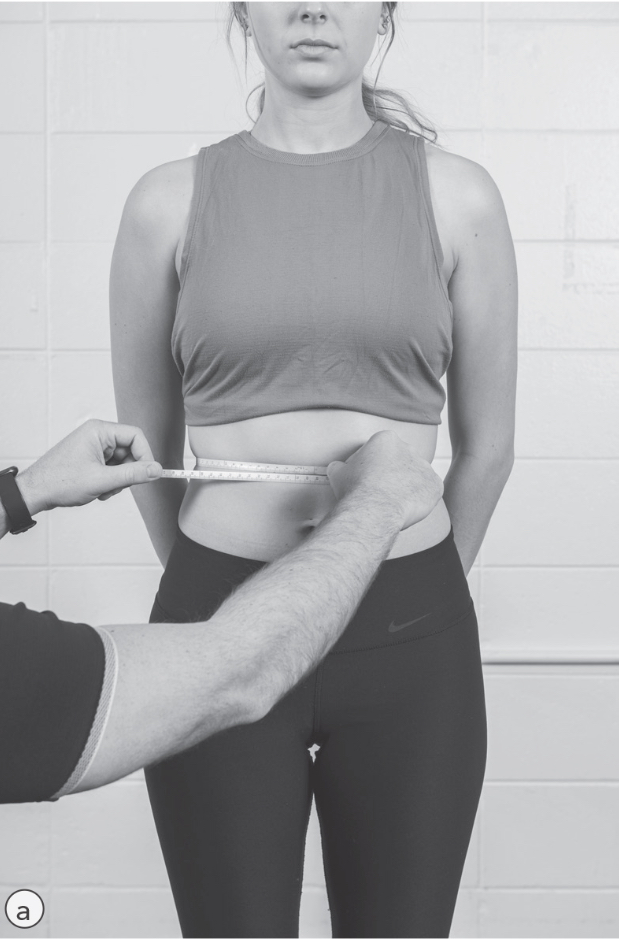
Method to calculate H:W ratio
Hip circumference divide by the waist circumference
Handgrip Dynamometry (Spring Loaded Dynamometer) Rubric
The subject was placed in a standing position for the test.
The subject’s arm was correctly positioned for the test
The subject’s hand was correctly positioned for the test.
Student correctly zeroed the hand dynamometer prior to each measurement.
The correct value for the handgrip strength was reported (± 1kg)
Handgrip Dynamometry
Have the client stand up straight for the test
Adjust the dynamometer so the second joints of the fingers are under the handle
Extend the elbow fully without the arm touching the body
Make sure the handle with the dial is facing outwards and it is zeroed
Have the participant squeeze as hard as they can for 1 second and record the value in kg
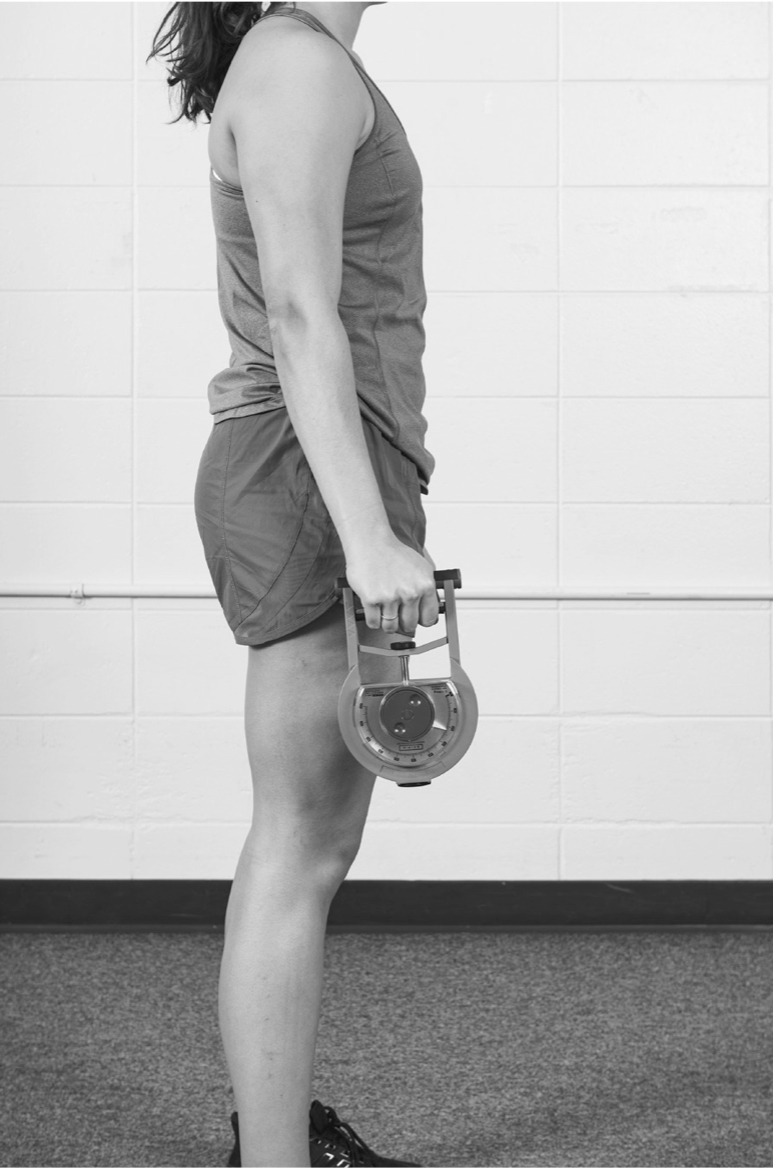
Push Up Rubric
The position for the hands were correctly verbalized to the subject
The position for the feet/legs were correctly verbalized to the subject (sex-specific).
The top position form of a push up was correctly verbalized to the subject.
The bottom position form of a push up was correctly verbalized to the subject.
Test termination criteria was verbalized correctly to the subject.
Push-Up Instructions
Instruct the client to lay on the mat in a prone position with the feet together and hands directly under shoulders
They will then press up until the elbow is fully extended
Standard pushup will be performed with straight legs and toes acting as the pivot point
The upper arm must be internally rotated 45º from the body
From the top position, the participant will then lower to the starting position on the floor to complete the repetition, keeping a straight line
Proper form must be maintained throughout the test and if the client can’t maintain form after 2 reps, the test is concluded.
Queens College Rubric
The steps were positioned at the correct height.
The correct cadence was verbalized and set on the metronome (sex-specific).
The subject was instructed on the correct step mechanics and foot position.
The radial pulse was palpated at the correct time and duration.
The subjects post-exercise heart rate was correctly reported (± 4 bpm)
Queens College Instructions
Set the bench step to height of 16 inches or to where they can bend their knee and step up comfortably
Male client will step to a rate of 24 steps/ min for 3 minutes continuously (set metro to 96)
After the three minutes, ask client to stand still, wait 5 seconds then take HR using radial pulse for 15 seconds and multiply by 4
Electrocardiography Rubric
(2pts) Required skin preparation prior to electrode placement was correctly verbalized.
(4pts) The limb electrodes were placed in the correct anatomical locations.
(10pts) The precordial(chest) electrodes were placed in the correct anatomical locations.
(4pts) The wires were correctly attached to the electrodes.
ECG Instructions
Mark and identify sites for placement
Use abrasive pad/ alcohol to clean skin at sites
4 Limb Electrodes (RL, RA, LL, LA)
6 Precordial Electrodes
V1 and V2 are placed on each side of the sternum in 4th intercostal space
V4 is next: find midpoint of left clavicle and draw imaginary line to fifth intercostal space
V3 goes between V2 and V4
V5 is place in line with V4 at the left anterior axillary line
V6 is placed directly in line with V5 in the left midaxillary line
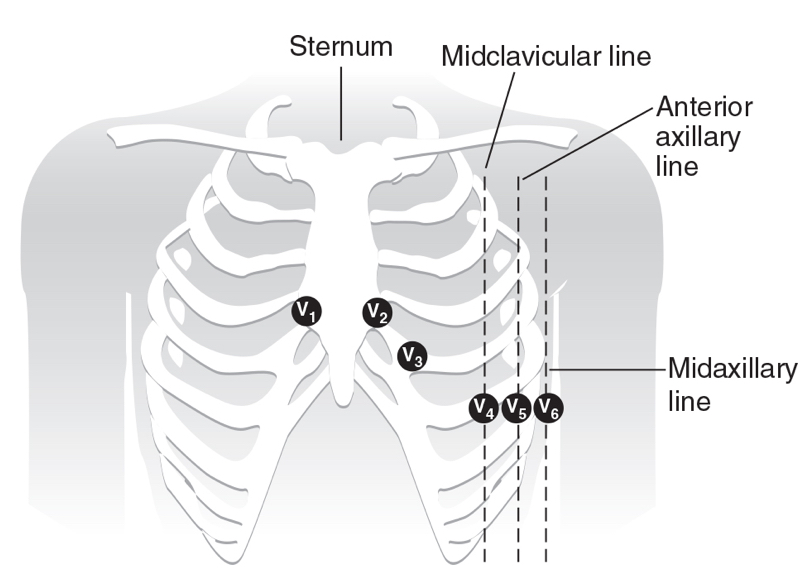
ROM with Goniometer Rubric
Joint ROM1
The subject was correctly positioned
The goniometer axis was correctly positioned
The goniometer stabilization arm was correctly positioned
The goniometer movement arm was correctly positioned
The ROM degree was correctly reported (± 5°)
Joint ROM2
The subject was correctly positioned
The goniometer axis was correctly positioned
The goniometer stabilization arm was correctly positioned
The goniometer movement arm was correctly positioned
The ROM degree was correctly reported (± 5°)
Goniometer Information
Stationary arm
Movement arm
Axis point/fulcrum
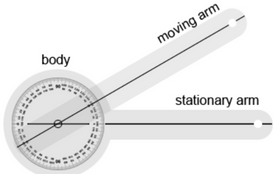
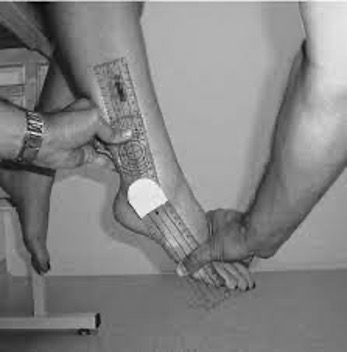
Joint: Ankle Flexibility
Body position: seated
Axis: lateral malleolus
Stationary arm: head of fibula
Movement arm: parallel to 5th metatarsal
Joint movement: Plantar flexion/ dorsiflexion
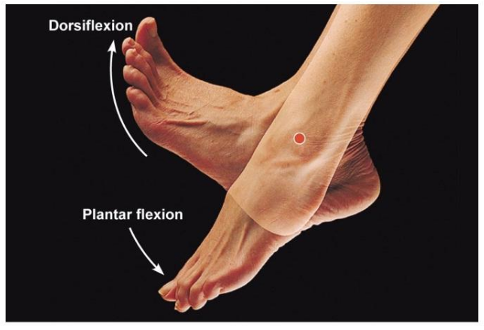
Joint: Knee Flexibility
Body position: supine
Axis: lateral epicondyle of femur
Stationary Arm: midline of femur
Movement Arm: midline of fibula (alight with lateral malleolus)
Joint movement: knee flexion
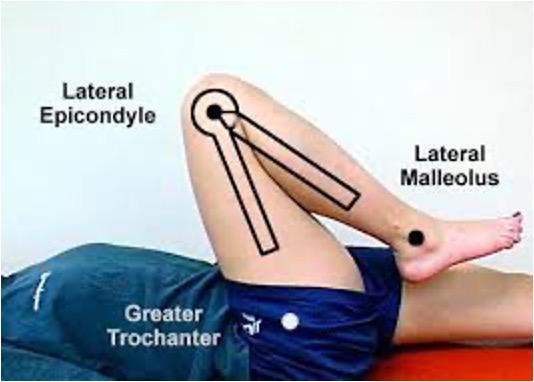
Joint: Hip Flexion and Extension
Body position: supine/ prone
Axis: greater trochanter
Stationary Arm: midline of trunk
Movement Arm: midline of femur
Joint movement: hip flexion(supine) hip extension (prone)
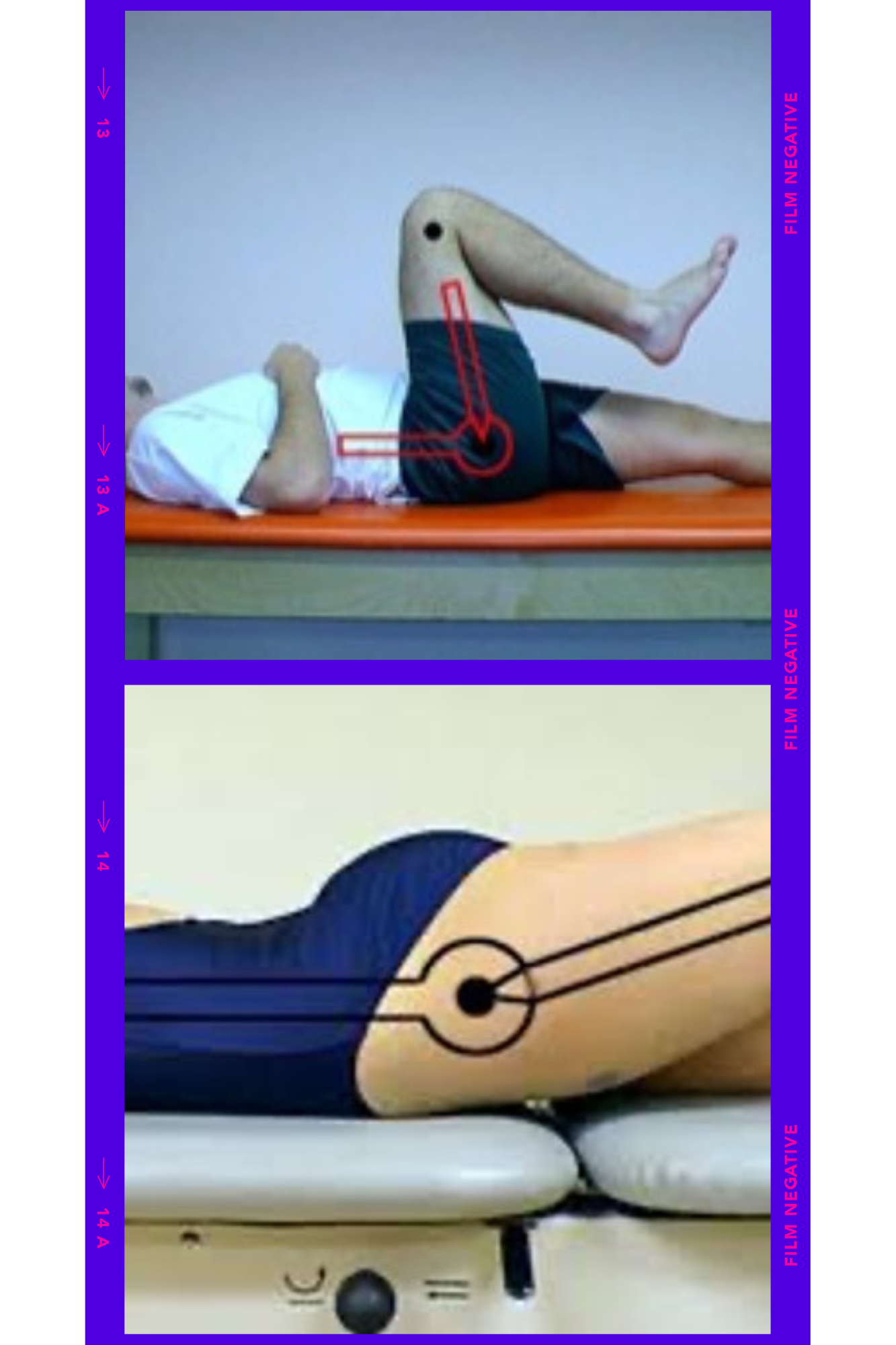
Joint: Hip Abduction and Adduction
Body position: supine
Axis: ASIS
Stationary Arm: opposite ASIS
Movement Arm: Midline of Femur
Joint movement: hip abduction (away from body) hip adduction (towards body)
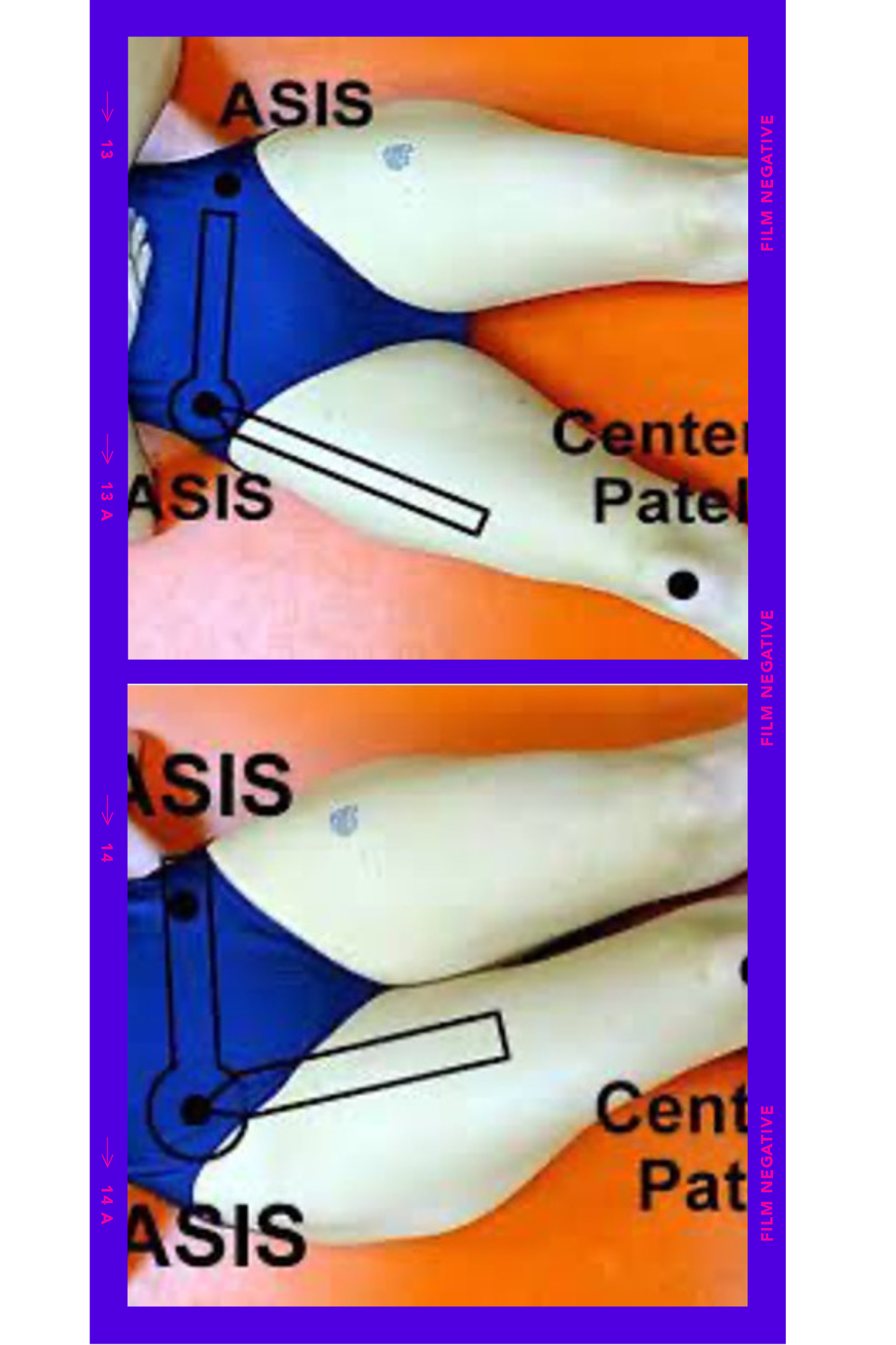
Joint: Hip Internal and External Rotation
Body position: seated
Axis: center of patella
Stationary Arm: vertically aligned
Movement Arm: anterior midline of lower leg
Joint movement: hip internal rotation (towards outside of body) hip external rotation (towards inside of body)
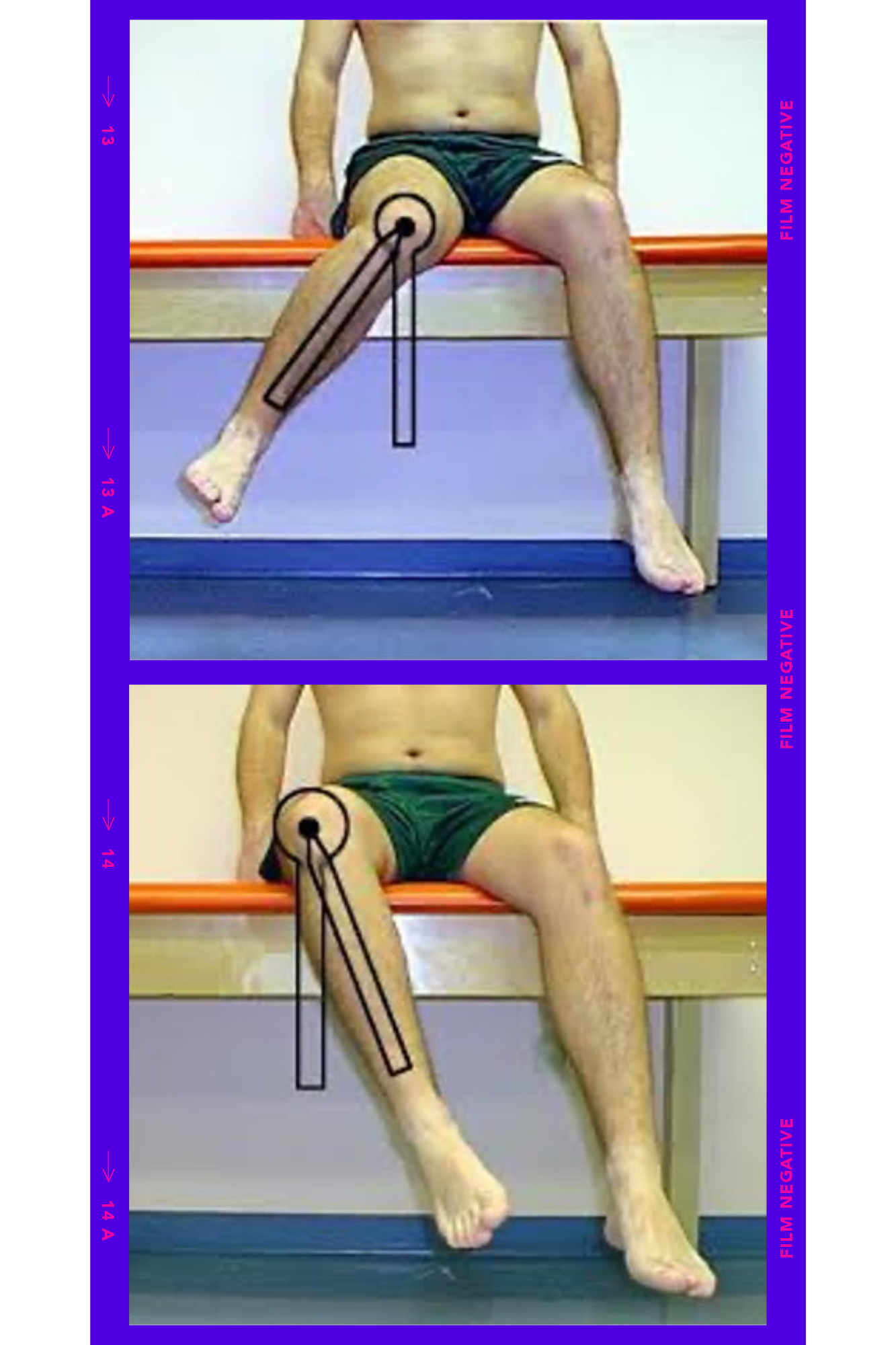
Joint: Shoulder Internal and External Rotation
Body position: supine
Axis: Olecranon process
Stationary Arm: vertical alignment
Movement Arm: styloid process of ulna
Joint movement: shoulder internal rotation and shoulder external rotation
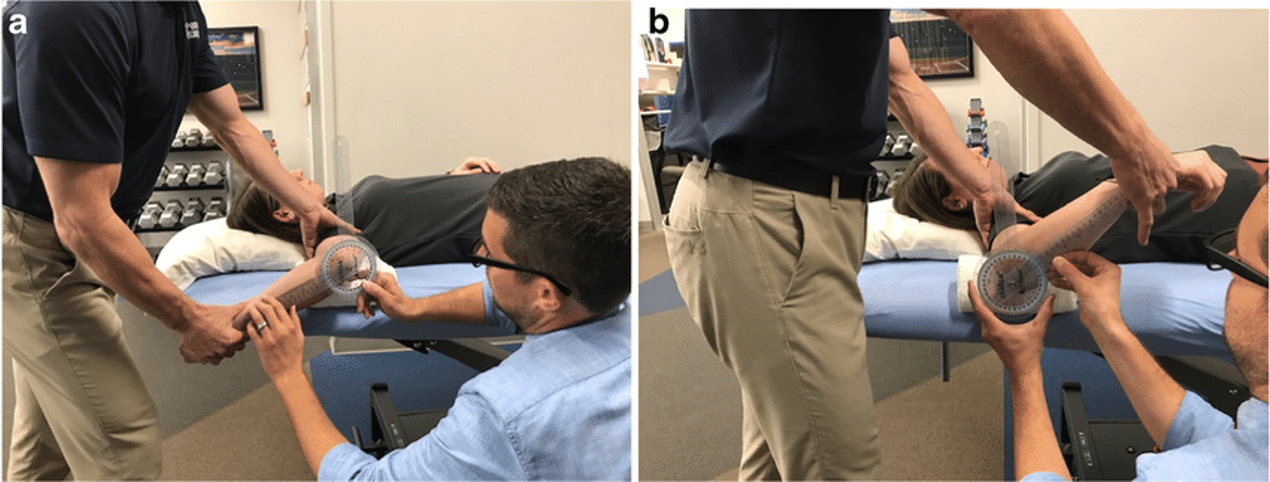
Joint: Shoulder Flexion
Body position: supine
Axis: center of humeral head
Stationary Arm: midline of thorax
Movement Arm: midline of humerus
Joint movement: shoulder flexion
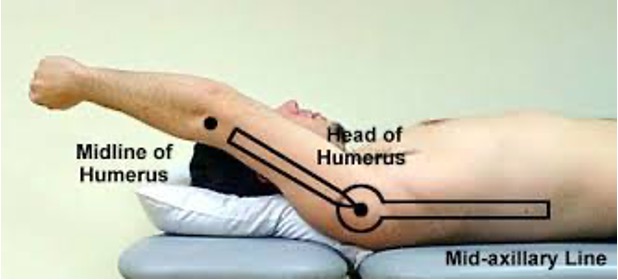
Joint: Shoulder Extension
Body position: prone
Axis: center of humeral head
Stationary Arm: midline of thorax
Movement Arm: midline of humerus
Joint movement: shoulder extension
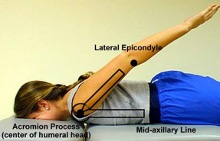
Joint: Shoulder Abduction
Body position: supine
Axis: center of humeral head
Stationary Arm: midline of thorax
Movement Arm: midline of humerus
Joint movement: shoulder abduction
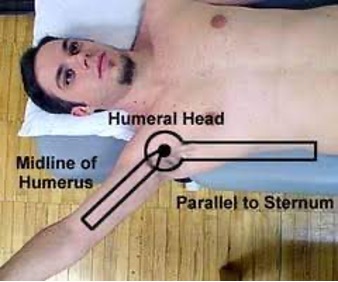
B.E.S.S Rubric
(2pts) Correct pre-test instructions were verbalized to the subject. (footwear)
(2pts) Correct equipment utilized for test trials.
(2pts) Duration for each trial correctly verbalized and timed.
(2pts) Trial errors correctly verbalized and identified during the test.
(4pts) The correct position for the double leg stance was demonstrated.
(4pts) The correct position for the single leg stance was demonstrated
(4pts) The correct position for the tandem leg stance was demonstrated
BESS Instructions
Consists of three stances tested on two different surfaces for 6 trials
Each stance is performed with hands on the illiac crest and eyes closed for 20 secs
All trials performed barefoot or wearings socks on flat surface and foam pad
Errors include; opening eyes, stepping/stumbling/falling, lifting heel or forefoot, further flexion of the hip during the single leg stance trial (if they remain out of position for more than 5 secs, assign error score of 10 and end trial
BESS Stance 1
Narrow double leg
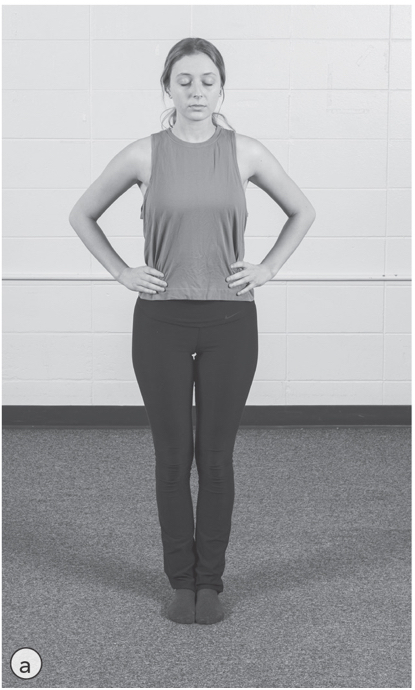
BESS Stance 2
Single Leg
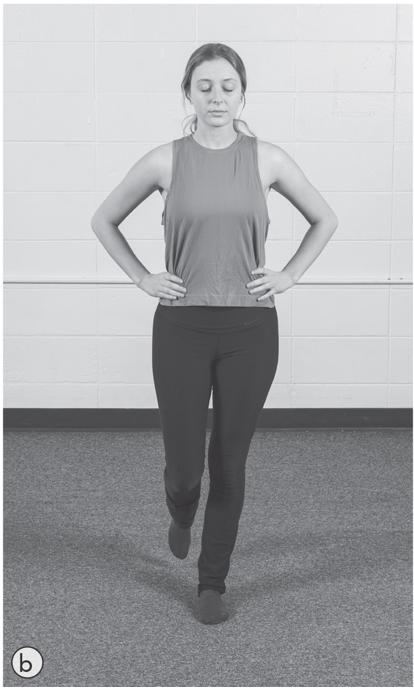
BESS Stance 3
Tandem
